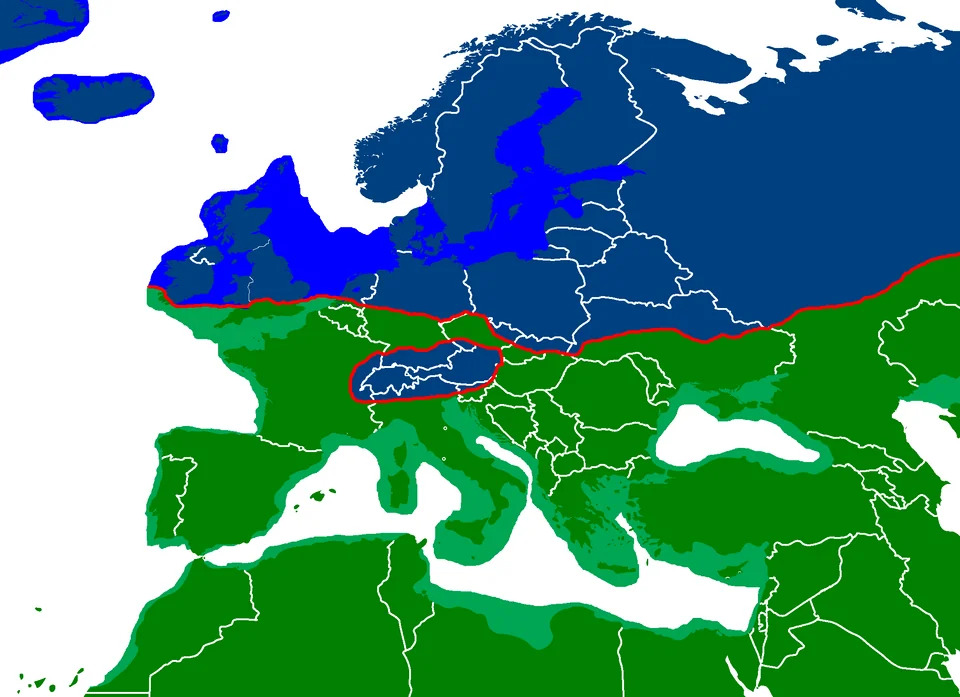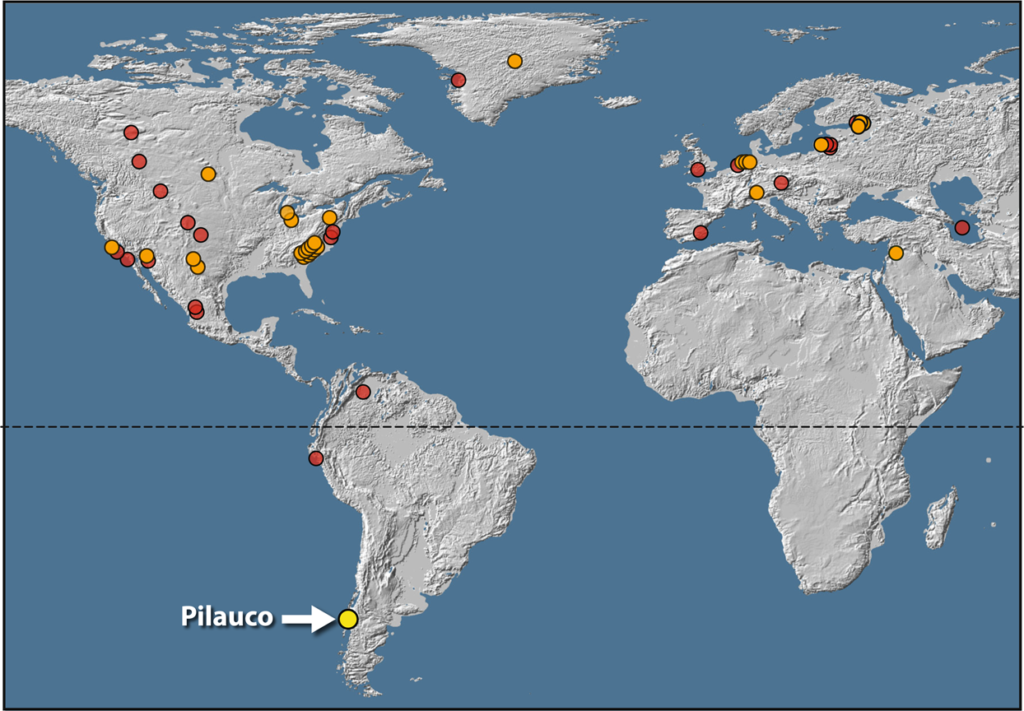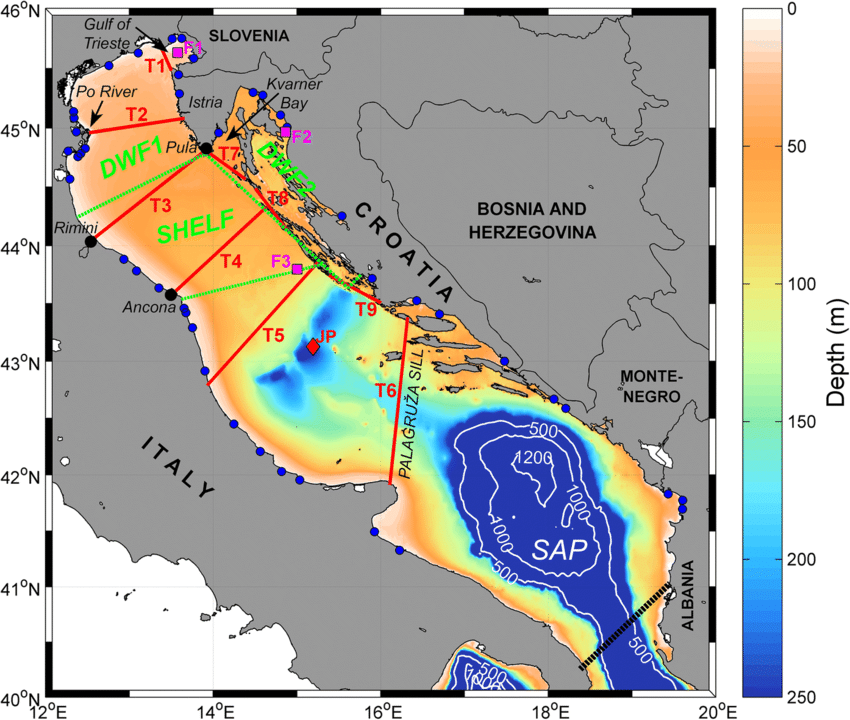I have long speculated that the legendary Atlantis was nothing more than a ruse. A made-up conglomerate of things that do not appear in the same place, anywhere. Along with purposefully fudged location indicators.
Which means the true location of Atlantis probably matches none of the myth, aside from it now being below the sea.
I have not found any good candidates that were islands before. I do think that “Atlantis” was quite likely on land, near the coast as things were during the Ice Age.
This map shows what would’ve been land 15,000 years ago, as well as the extent of the ice.

When thinking about the myths of the mysterious elders who traipsed around the globe, teaching and getting people to build megaliths and pyramids, we are reasonably sure that they were white-skinned and quite likely had red hair.
So, therefore, Europe is where I am looking. I’m ruling out anywhere near the ice cap as too cold to grow food, and too cold to have the variety preferred for hunting and gathering. Even if they were advanced, they still needed to eat.
That means the now-submerged areas of the Mediterranean and Black Sea. Any of those places (light green on the map) could be the location, and almost all of it is unexplored by archaeologists.
But I’m trying for somewhere more specific. And I am guessing that a large cometary fragment from the Younger Dryas impact could have destroyed Atlantis, as in a bulls-eye and not just from any subsequent flooding.
Now if that location is now submerged, we are still none the wiser. So the next best I can do is look at the two locations where we know there was impact – Spain and NW Syria.
But there is nothing sufficiently ancient in Spain to be where they regathered…

And as a wild guess, I’ll look at the submerged land between Venice and Croatia, which is now the Adriatic Sea. It is close to the line of known sites that stretches from Russia to Spain.
Tell Abu Hureyra, Syria / Cyprus
Ticks many boxes. Not only was it an impact site, it was also perhaps the biggest town 13,000 years ago and the first place to have agriculture. The settlement was rudimentary by today’s standards and does not suggest an advanced civilisation. However, historians and archaeologists have it in their heads that a permanent settlement was permanently occupied. Back then, there was most likely a combination of agriculture and hunter gathering, and so there would be plenty of moving around, seeking whatever was in season or wherever animals had migrated to.
So while Tell Abu Hureyra may have been a base for food, the elders could easily have lived somewhere else. It makes sense that fishing was also important, and that suggests a town by the (Ice Age) coast, nearby. Maybe it will be discovered one day?
It could simply be Cyprus. The Ice Age coast was just south of the current island, close enough for the current island to be part of or related to the actual Atlantis. And author Robert Sarmast thinks he found ancient structures deep in the sea between Cyprus and Syria. Scientists have debunked the structures, but the other reasons for that location have merit.
The nearby cities of Aleppo and Damascus are very old, the latter being the oldest continuously inhabited city in the world. Potentially “Atlantis” on Syrian coast (ice age version) was destroyed and so they decamped to those cities.
The Citadel of Aleppo is interesting. The site was in use at least 5,000 years ago, but could easily have been much earlier. And it has underground passages…
A bit to the south, Gilgal seems to have been a very ancient site of experimental agriculture.
Nearby is all sorts of ancient stuff. Baalbek of course. And Byblos, the home of western alphabets. Around Beirut, on the modern coast, there has been habitation for 10,000+ years.
Adriatic Sea
Looking at the current depths, it is reasonable that the seaside village was just north-west of JP (Jabuka Pit), which even today is a great fishing spot.
And nearby islands of today where inhabited 13,000 years ago.
So where was the agriculture, and where did they flee to that was familiar, when the cataclysm occurred?

On the island of Korčula is a cave called Vela Spila, ceramic art at least 15,000 years old has been found.
